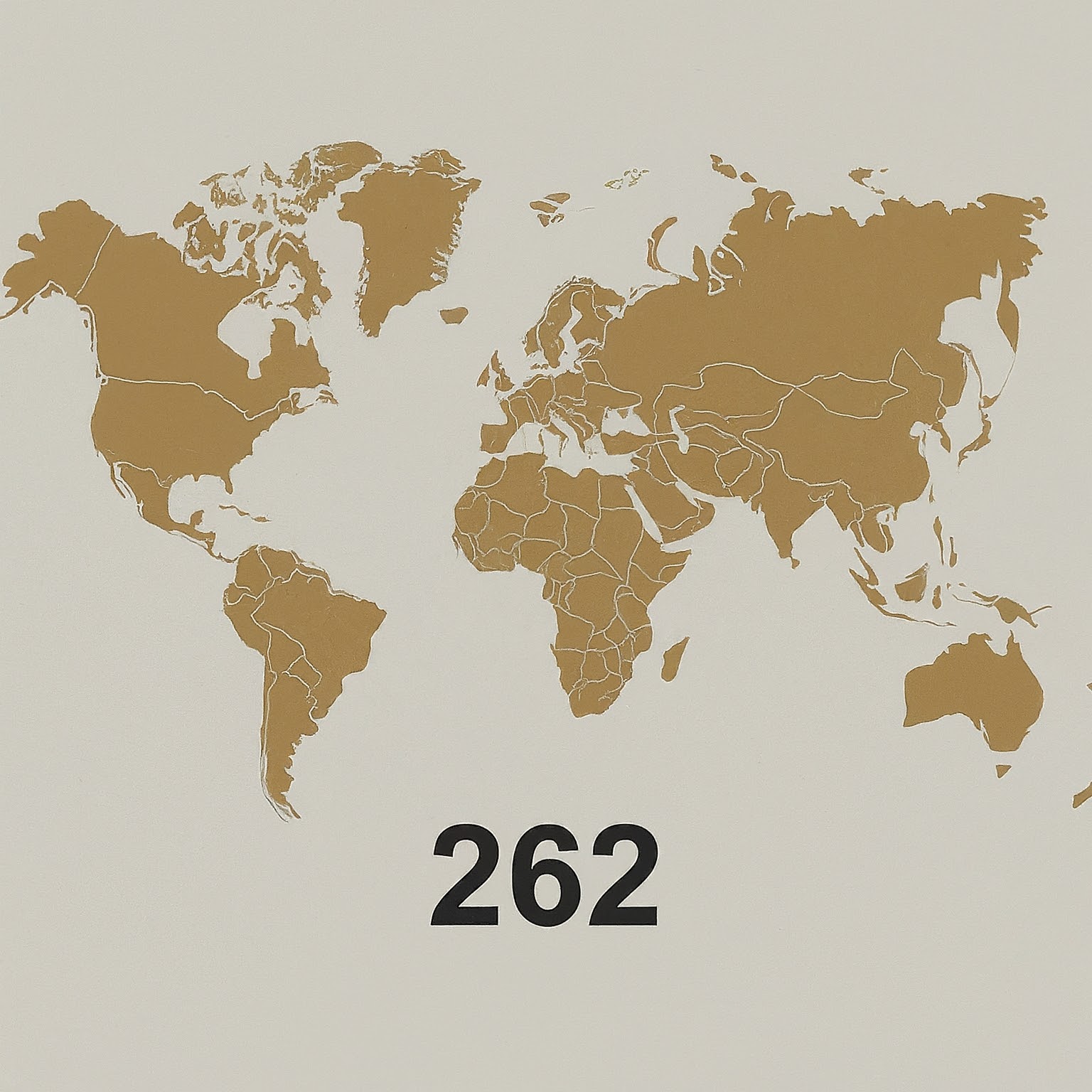The 262 area code, a distinctive identifier within the North American Numbering Plan (NANP), represents a vibrant and diverse region in southeastern Wisconsin. This exclusive article delves into the significance of the 262 area code, exploring its origins, current usage, geographic reach, and the impact it has had on communication within the region. We’ll uncover the history, economic landscape, and cultural highlights of the communities it serves, highlighting the importance of this area code in connecting people and businesses in southeastern Wisconsin.

Origins and Implementation: A Response to Growth
The 262 area code was established in 1999 as a result of a split from the 414 area code, which originally served the entire Milwaukee metropolitan area. The split was necessitated by the region’s rapid population growth and the increasing demand for telephone numbers, particularly with the rise of mobile phones and the expansion of businesses in the area.
Geographic Reach: Southeastern Wisconsin’s Suburban Landscape
The 262 area code covers a significant portion of southeastern Wisconsin, encompassing the suburban areas surrounding Milwaukee. It includes cities and towns like Waukesha, Racine, Kenosha, West Bend, and Burlington, each with its unique character and charm. The region is known for its diverse communities, ranging from bustling suburbs to quiet residential neighborhoods and rural landscapes.
Current Usage and Significance
The 262 area code is primarily used for landline and mobile phone numbers within southeastern Wisconsin. It is a familiar sight on business cards, websites, and advertisements, signifying a connection to this dynamic region.
For residents and businesses in the 262 area code, it represents a sense of community and belonging. It’s a way to identify oneself with the southeastern Wisconsin region, known for its friendly atmosphere, strong work ethic, and commitment to quality of life.
For businesses, the 262 area code is a valuable asset, as it allows them to establish a local presence and connect with customers in the region. It also helps businesses tap into the region’s thriving economy and diverse customer base.
Economic Landscape: A Thriving Hub of Industry and Commerce
The 262 area code boasts a robust and diverse economy, driven by various industries, including manufacturing, healthcare, education, and technology. The region is home to several major employers, such as GE Healthcare, ProHealth Care, and the University of Wisconsin-Whitewater.
The 262 area code also has a strong manufacturing base, with companies producing a wide range of goods, from medical equipment to food products. The area’s proximity to major transportation routes, including Interstate 94 and Interstate 43, makes it a strategic location for logistics and distribution businesses.
Cultural Attractions and Community Life
The 262 area code offers a variety of cultural attractions and recreational opportunities. The region is home to several museums, art galleries, and theaters, showcasing the area’s rich history and artistic traditions.
The Kettle Moraine State Forest, with its scenic trails and glacial formations, is a popular destination for outdoor enthusiasts. The Fox River, which runs through several 262 communities, offers opportunities for boating, fishing, and kayaking.
The area also boasts a vibrant culinary scene, with restaurants serving everything from traditional Wisconsin fare to international cuisine. The numerous festivals and events held throughout the year, such as Summerfest in Milwaukee, provide ample opportunities for entertainment and community engagement.
The Future of the 262 Area Code
The 262 area code is expected to continue playing a crucial role in southeastern Wisconsin’s communication landscape. As the region continues to grow and attract new businesses and residents, the demand for phone numbers will remain high.
With the implementation of 10-digit dialing in 2020, which requires callers to include the area code for all local calls, the 262 area code is well-equipped to handle the future communication needs of the region. This change ensures that there is a sufficient supply of phone numbers to accommodate the growing population and businesses in southeastern Wisconsin.
In Conclusion
The 262 area code is more than just a numerical identifier; it’s a symbol of southeastern Wisconsin’s unique identity, rich history, and thriving economy. It encompasses a diverse range of communities, each with its own character and charm, offering residents and visitors a high quality of life. The 262 area code is a testament to the region’s resilience, its entrepreneurial spirit, and its commitment to creating a vibrant and welcoming community.
لا تعليق